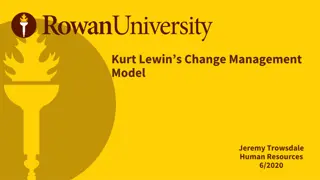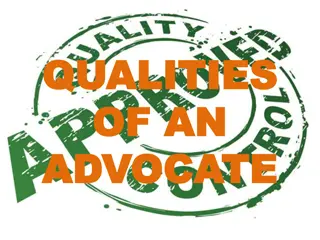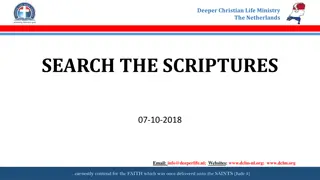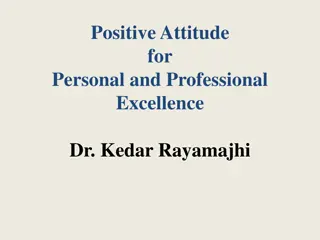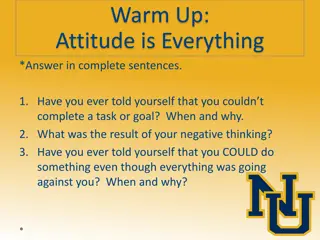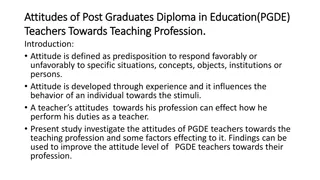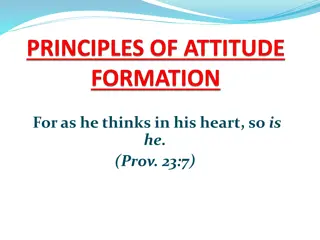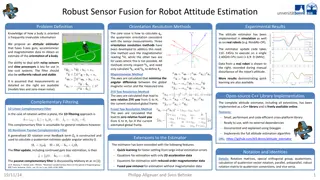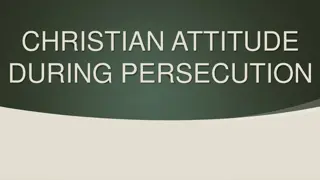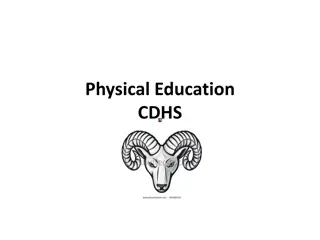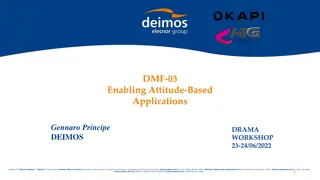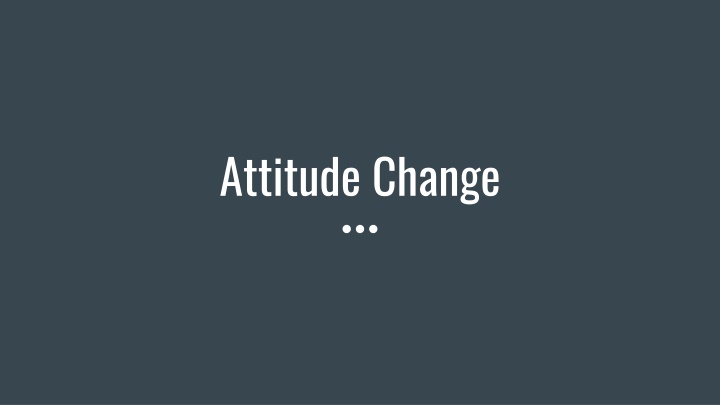
Attitude Change Concepts
Explore the key concepts of attitude change, including the Process of Attitude Change, the Concept of Balance, Cognitive Dissonance, and the Two-Step Concept. Learn how attitudes can be modified and the factors that influence attitude change.
Download Presentation

Please find below an Image/Link to download the presentation.
The content on the website is provided AS IS for your information and personal use only. It may not be sold, licensed, or shared on other websites without obtaining consent from the author. If you encounter any issues during the download, it is possible that the publisher has removed the file from their server.
You are allowed to download the files provided on this website for personal or commercial use, subject to the condition that they are used lawfully. All files are the property of their respective owners.
The content on the website is provided AS IS for your information and personal use only. It may not be sold, licensed, or shared on other websites without obtaining consent from the author.
E N D
Presentation Transcript
Attitude Change When attitudes are in formation stage and after attitudes are formed, attitudes can be modified and changed.
Process of Attitude Change There are major three major concepts- Concept of Balance (Fritz Heider)- also refers as P-O-X triangle, which represents the relationships between three aspects or components of the attitude. P is the person whose attitude is being studied, O is another person, X is the topic towards which the attitude is being studied. It is also possible that all three are persons. P O X
The basic idea is that an attitude changes if there is a state of imbalance between P- O attitude, O-X attitude and P-X attitude. Imbalance is found Imbalance is found when All three sides of the triangle are Negative or two sides are positive And one side is negative. X P - - P O + - + X O -
Balance is found when all three sides are positive or two sides are negative and one side is Positive. P P + + - + O X X O - +
Concept of Cognitive Dissonance (Leon Festinger) Concept of Cognitive Dissonance (Leon Festinger)- It emphasis on the cognitive component. The basic idea is that the cognitive components of an attitude must be consonant. That is they should be logically in line with each other. If an individual finds that two cognitions in an attitude are dissonant, then one of them will be changed in the direction of consonance.
Two step concept (S.M. Mohsin) Two step concept (S.M. Mohsin)-Attitude change takes place in the form of two steps. 1st step- the target of change identifies with the source. The target is the person whose attitude is to be changed. The source is the person through whose influence the change is to take place. Identification means that the target has liking and regard for the source. She puts herself in the palace of the target, and tries to feel like her/ him. The source also have the positive attitude towards the target and the regard and attraction becomes mutual. 2nd step- the source herself shows an attitude change, by actually changing her behavior towards the attitude object. Observing the sources changed attitude and behavior, the target also shows an attitude change through behavior.This is a kind of imitation or observational learning.
Characteristics of the existing Attitude Positive attitudes are easier to change then negative attitudes. Less extreme attitudes are easier to change then extreme attitudes. Simple attitudes are easier to change then multiple attitudes. Peripheral (less significant) attitudes are easier to change then central attitudes.
Direction and extent of Attitude change Congruent Congruent attitude may become more positive and negative may become more negative. Incongruent Incongruent attitude attitude change change- positive become less positive and negative become less negative. attitude change change- positive attitudes
Factors affecting attitude change Changing reference group Changes in group affiliation Additional information Group situation and solitary situations Public and private commitment Group decision
Persuasive communication Attitude Attitude change change due due to to characteristics characteristics of of source Credibility and attractiveness- attitude changes easily when information comes from credible and attractive source. Content Content and and characteristics characteristics of of Communication Communication- Rational Appeal and Emotional appeal- Emotional appeal helps in changing attitude easier than rational appeal. Motive and medium of information also helps in attitude change Motive and medium of information also helps in attitude change- - Mass media vs Personal influence Active experience vs Passive Reception Characteristics of Target/audience Characteristics of Target/audience- - Low self esteem- people change attitude easily than high self esteem. People with low confidence changes attitudes easier than high confidence. Lesser intelligent people change attitude easier then highly intelligent people. Sometime highly intelligent people change attitude more willingly due to information and rational thinking. source-
Enforced contact Required role playing Personality change techniques Cultural factors propaganda
Reference NCERT 12 th class



